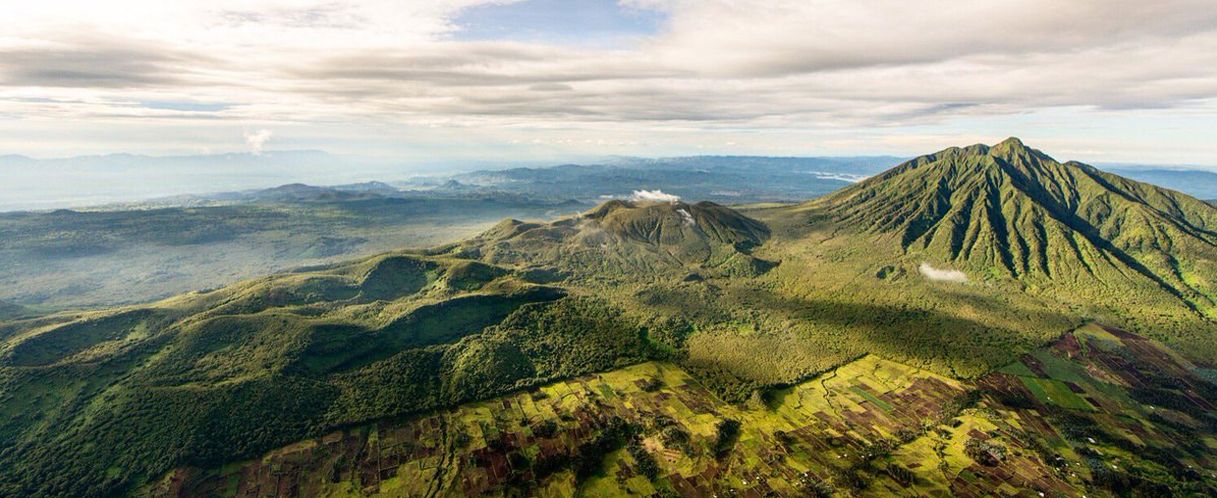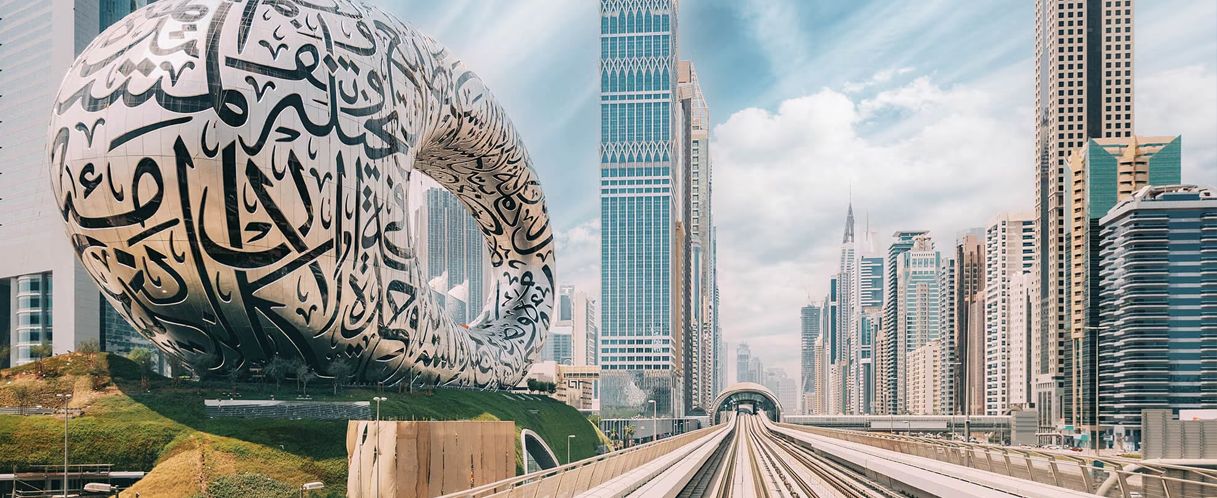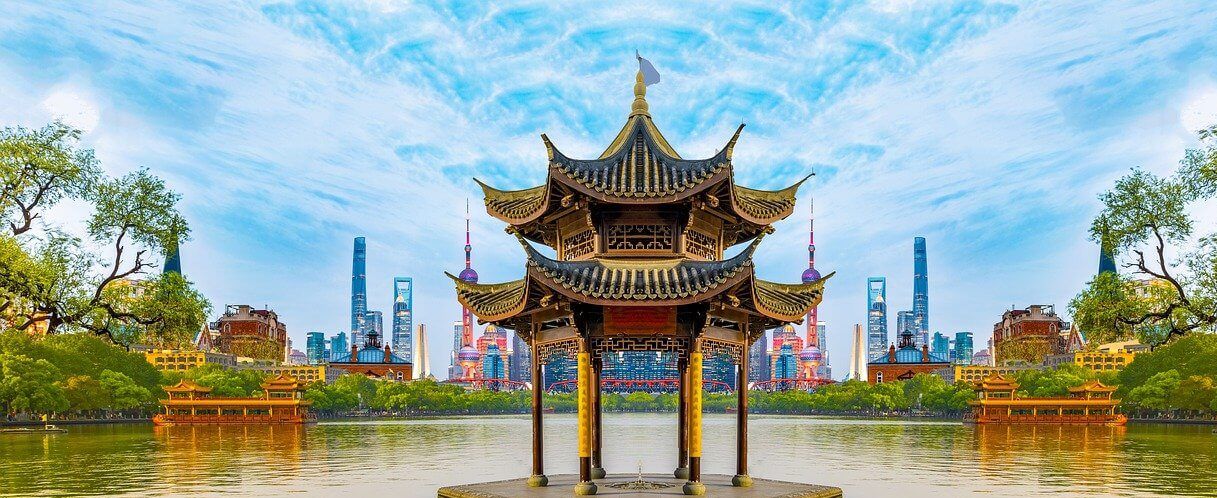 Dakar Senegal
Dakar Senegal
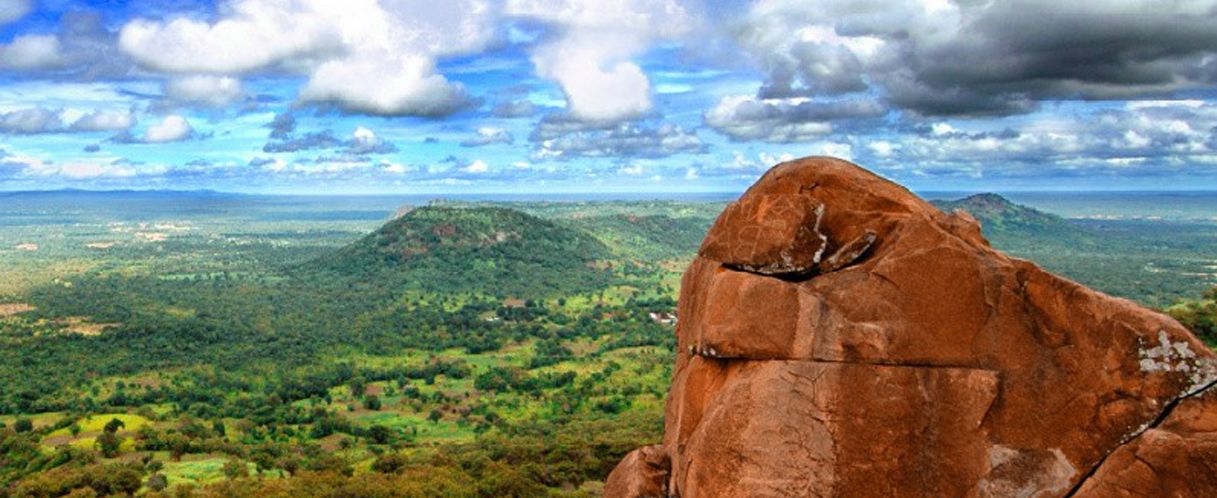
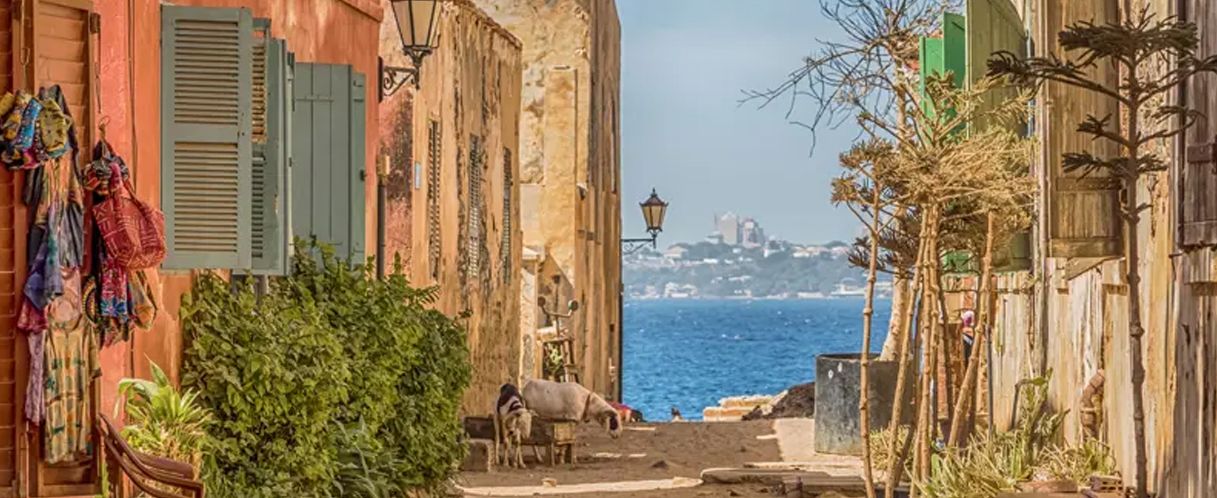
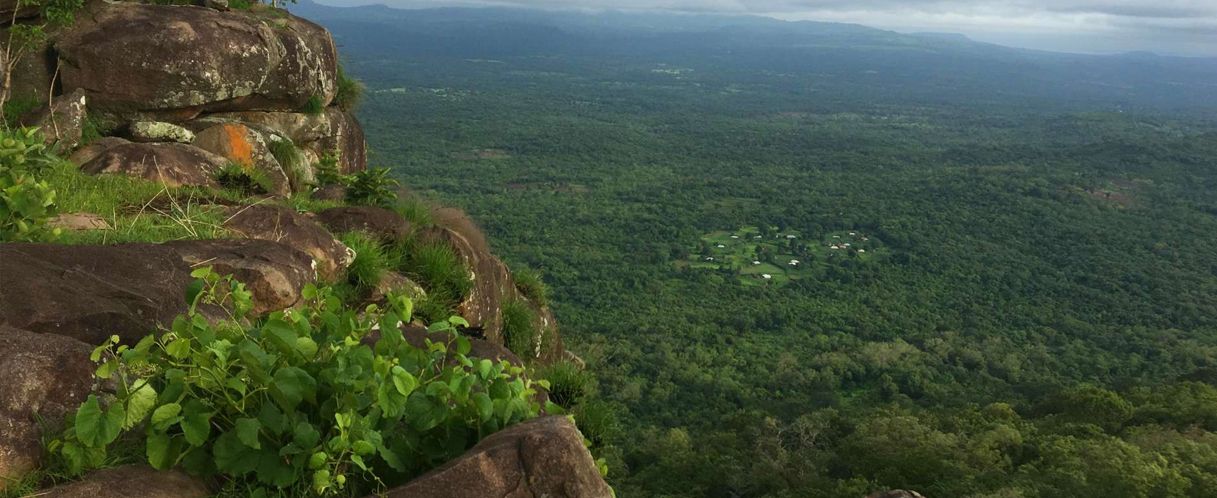
Dakar, Senegal, Africa
Introduction
Dakar, the vibrant capital of Senegal, is a lively and cosmopolitan peninsula located on the western coast of Africa. It's a melting pot of cultures, history, and modernity, offering a unique immersion into the West African atmosphere.
Welcome in Senegal
Senegal is a West African nation renowned for its "Teranga" (hospitality in Wolof) and its rich, diverse culture. Bordered by the Atlantic Ocean to the west, it offers varied landscapes, ranging from coastal beaches to the semi-desert savannas in the north and the forests and rivers of Casamance in the south. The country is a center for art, music, and literature, and its history is deeply linked to the slave trade. The Senegalese economy relies primarily on agriculture, fishing, and tourism.
Capital Dakar
Dakar is a dynamic and effervescent city, perched on the Cap-Vert peninsula. Its streets teem with activity, featuring colorful markets, street vendors, yellow and black taxis, and ubiquitous music. The city combines well-preserved colonial buildings, particularly in the Plateau district, with bold modern architecture. The Corniche Ouest offers superb views of the Atlantic Ocean and Gorée Island in the distance. Dakar is a cultural and intellectual hub, home to universities, art galleries, and cultural centers. The nightlife is also very lively, with numerous bars and clubs where you can dance to the rhythm of Mbalax music. Despite its fast pace, Dakar is a welcoming city where the kindness of its inhabitants is often noted.
Visit Dakar
Gorée Island: A UNESCO World Heritage site, this island is a place of remembrance and reflection on the history of the slave trade, notably with the House of Slaves (Maison des Esclaves).
African Renaissance Monument (Monument de la Renaissance africaine): A colossal bronze statue dominating the city, symbolizing the future of Africa. It offers panoramic views from its summit.
Kermel Market (Marché Kermel): A beautiful colonial-style covered market where you can find everything from fresh produce to handicrafts.
Sandaga Market (Marché Sandaga): A huge, bustling popular market, ideal for immersing yourself in local life.
Museum of Black Civilizations (Musée des Civilisations Noires): A modern and imposing museum celebrating African and diaspora art and civilizations.
Lighthouse of Les Mamelles (Phare des Mamelles): Located on one of Dakar's two volcanic hills, it offers breathtaking views of the city and the ocean.
Soumbédioune Artisan Village (Village artisanal de Soumbédioune): To discover and purchase authentic Senegalese handicrafts (sculptures, jewelry, textiles).
What to Visit in Senegal
Pink Lake (Lac Rose / Lac Retba): A salt lake famous for its unique pink color due to algae, where salt collectors can be observed.
Saint-Louis: Former capital of French West Africa, a UNESCO World Heritage site, with its colonial architecture, Faidherbe Bridge, and jazz festival.
Saloum Delta: A UNESCO World Heritage site, a labyrinth of mangroves, islands, and bolongs (tidal creeks), ideal for birdwatching and pirogue excursions.
Djoudj National Bird Sanctuary (Parc National des Oiseaux du Djoudj): One of the world's largest bird sanctuaries for migratory birds, a paradise for ornithologists (best visited during the dry season, October to May).
Casamance: The lush and green southern region of the country, known for its beaches like Cap Skirring, rice paddies, Diola villages, and peaceful atmosphere.
Toubab Dialaw: A fishing village and vibrant artistic center on the Petite Côte, with its red cliffs and art galleries.
- French (official)
- Wolof (most widely spoken national language)
- Valid passport (minimum 6 months validity after entry date)
- Visa not required for citizens of many countries for stays under 90 days
- International vaccination certificate (yellow fever vaccine recommended)
